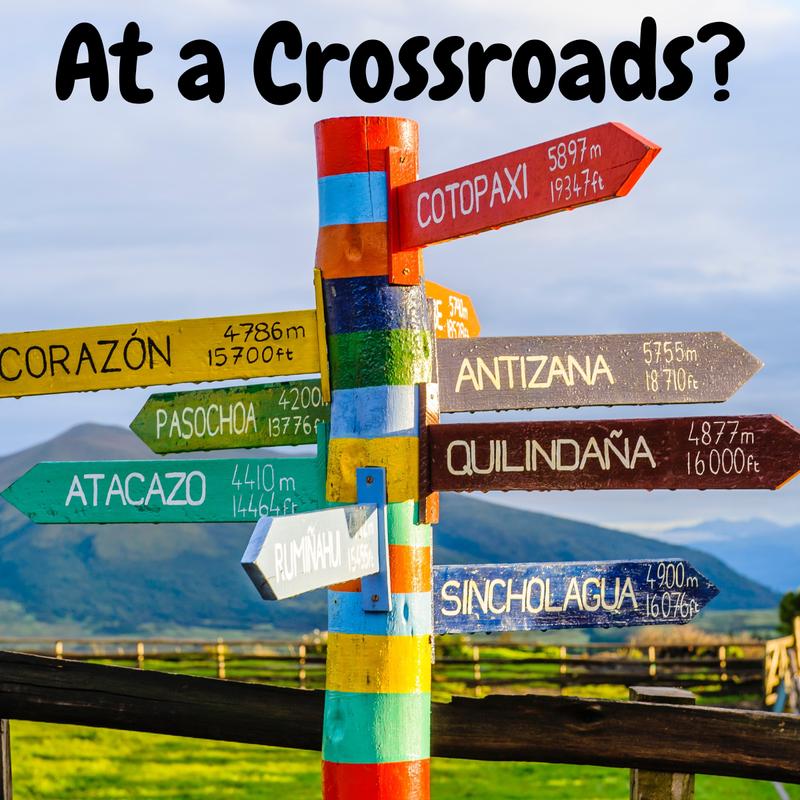Career Crossroads
Overview
This session is to explore whether my Career Crossroads programme is suitable for you.
Target audience
If you have experienced relative success in work and life but remain unfulfilled and confused because you expected success to feel better, this could be for you.
Benefits
This session will help you re-contextualise your discontent, recognise that you have greater freedom than you think, and point a way towards taking more responsibility for creating the life and work that you want.
Session
We will speak for 60 minutes. You will describe your situation and aims. I will provide a helpful perspective and share how I might help further.
Preparation
No preparation necessary
Career Crossroads doesn’t have reviews yet.
Click the button below to leave the first one!
About Doug Fraley I coach and teach on topics of personal growth, professional growth and spiritual enquiry. My aim is to help people live with greater freedom, courage, creativity, and responsibility. My practice recognises the importance of both clarity (top-down, head-based) and embodiment (down-up, body-based) in evolving self-awareness and acceptance, ultimately pointing to our true, non-dual nature. |
Doug Fraley doesn’t have reviews yet.
Click the button below to leave the first one!
Be the first to post a message!

